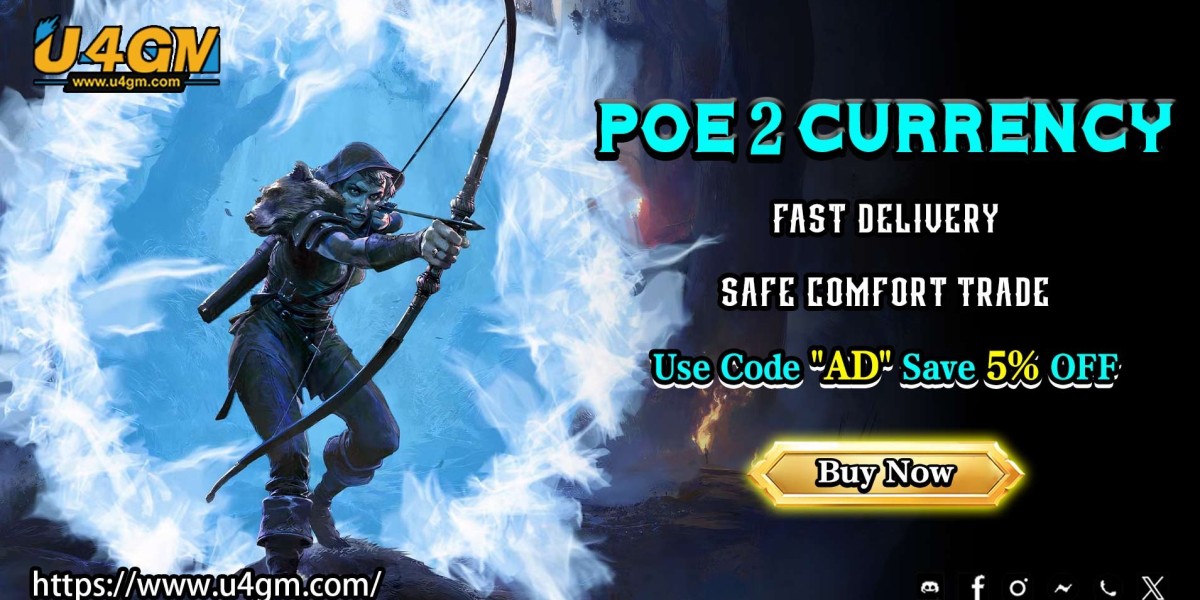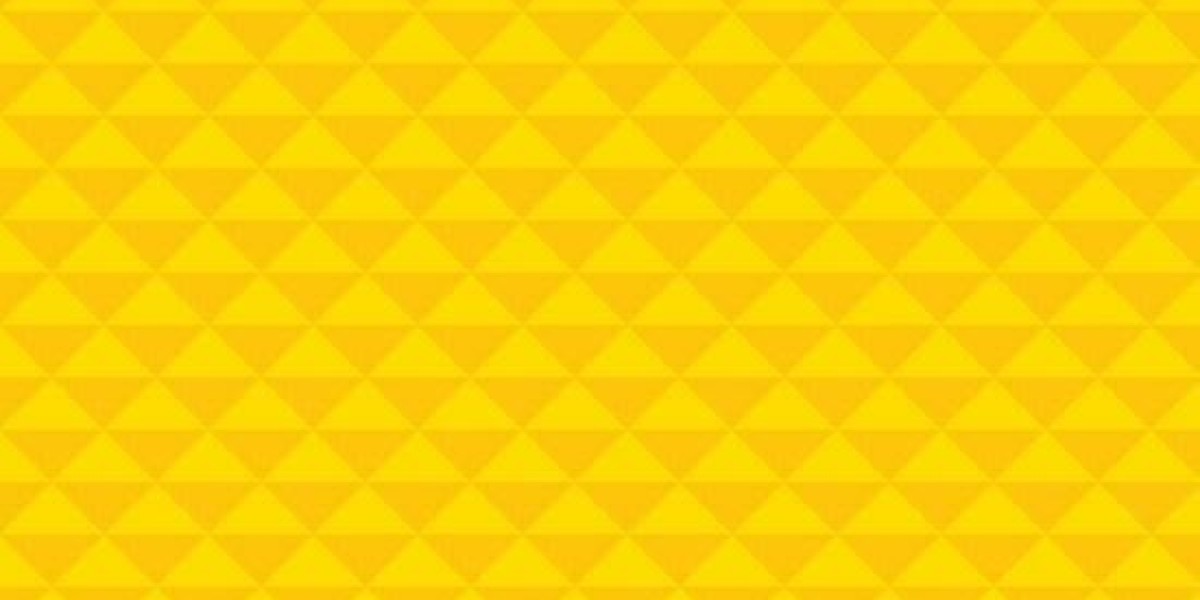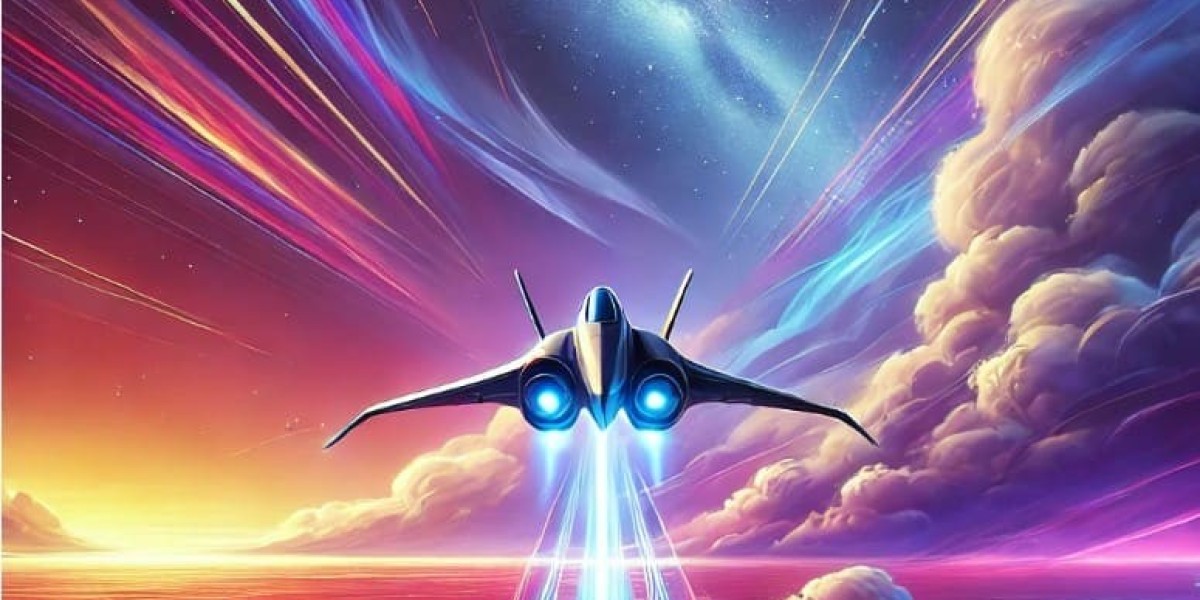Path of Exile 2 represents a fundamental evolution in monster design, moving far beyond the simple stat-inflated enemies of traditional action RPGs to create tactical encounters that demand player engagement, adaptation, and strategic thinking. This transformation is central to the game's shift away from a pure "clear-speed" meta toward a more deliberate and rewarding combat experience. The improvements are comprehensive, affecting monster behavior, group composition, visual telegraphing, and their interaction with the environment, ensuring that every enemy encounter feels consequential.
The most significant advancement lies in the artificial intelligence and group dynamics of monsters. Enemies no longer function as isolated entities but operate as coordinated units with complementary roles, much like a well-balanced player party. A typical encounter might involve a frontline of sturdy brutes who advance aggressively to lock down players, protecting backline archers or casters who provide sustained damage from a distance. Supporting these units could be healers who restore allies, buffers who empower their comrades with auras, or controllers who deploy debilitating curses and area-denial effects. This structure forces players to make constant tactical decisions. Simply using the highest damage skill is no longer sufficient; players must prioritize targets, using crowd control to break formations or movement skills to bypass frontline defenders and eliminate high-value support units first. This makes combat a dynamic puzzle where positioning and target selection are as important as raw damage output.
Beyond group tactics, individual monster mechanics have been vastly improved. The concept of "telegraphed attacks" is now fundamental to the design of nearly all dangerous enemies. Instead of relying on hidden cooldowns or unpredictable actions, significant monster abilities are now preceded by clear visual and auditory cues. A brute winding up a massive slam attack will have a glowing weapon and a distinct sound, with a highlighted area on the ground showing the exact impact zone and timing. This shifts the defensive paradigm from passive damage reduction to active mitigation through positioning and dodging. The game’s new engine allows for much more detailed and readable spell effects, ensuring that even in chaotic battles, players can discern threatening attacks from visual noise. This design philosophy elevates boss fights to something resembling a intricate dance, where learning patterns and executing precise movements is the key to success, rewarding player skill over character stats.
Path of Exile 2 deeply integrates its monsters with the game world through environmental interaction and persistent threats. Many monsters can now actively manipulate the battlefield. A giant scorpion might burrow underground and emerge from a different location, breaking player line-of-sight and creating a new hazard. Spellcasting enemies can shatter pillars to create falling debris or corrupt the ground, leaving behind damaging zones that persist long after they are defeated. This creates a constantly evolving combat arena where the terrain itself is part of the challenge. Furthermore, the introduction of "Nemesis-style" rare monsters with adaptive behaviors ensures that even familiar enemy types can present unexpected challenges. These elites might develop resistance to the damage type you are using most frequently or gain new abilities as the fight progresses, preventing players from relying on a single repetitive strategy. By creating intelligent, interactive, and visually legible adversaries, poe 2 items sale ensures that combat is a consistently engaging and cerebral experience from the first beach to the final pinnacle boss.








